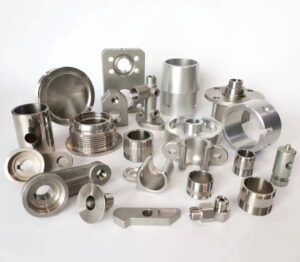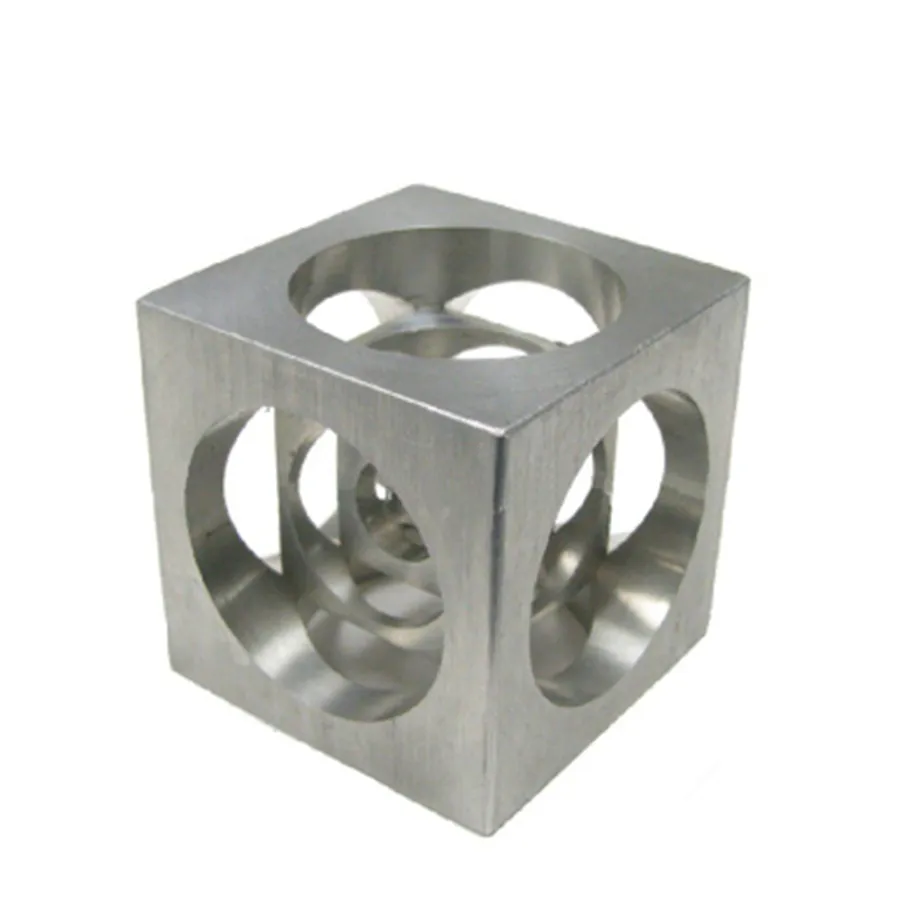
A metal component drawing should include the following essential elements to ensure clarity, manufacturability, and compliance with industry standards:
1. Title Block
Contains critical information:
Part name/number
Material specification (e.g., “Stainless Steel 304”)
Drawing scale (e.g., 1:2)
Revision history (dates and changes)
Company name, designer, and approval signatures.
2. Orthographic Views
Primary views: Front, top, side, and sectional views to depict geometry.
Auxiliary views: For complex angles or hidden features.
Detail views: Enlarged sections for intricate features (e.g., threads, grooves).
3. Dimensions and Tolerances
Critical dimensions: Overall length, width, thickness, hole diameters, etc.
Geometric Dimensioning and Tolerancing (GD&T):
Flatness, parallelism, concentricity, etc.
Tolerance zones (e.g., ±0.1 mm or positional tolerances).
Fit specifications: Clearance/interference fits (e.g., H7/g6).
4. Material Specifications
Material type (e.g., “Aluminum 6061-T6” or “Carbon Steel AISI 1045”).
Material standards (e.g., ASTM, ISO, or DIN).
Heat treatment requirements (e.g., “Hardened to HRC 45-50”).
5. Surface Finish and Coatings
Surface roughness (e.g., Ra 1.6 μm).
Protective coatings (e.g., “Zinc plating, 8–12 μm” or “Anodizing, Type II”).
Post-processing notes (e.g., “Deburr all edges”).
6. Manufacturing Notes
Machining instructions (e.g., “Drill before tapping”).
Welding symbols and specifications (if applicable).
Special processes (e.g., “EDM for internal slots”).
7. Holes, Threads, and Fasteners
Thread specifications (e.g., “M6x1.0, 20 mm deep”).
Counterbore/countersink dimensions.
Fastener callouts (e.g., “ISO 4762 M8 Socket Head Cap Screw”).
8. Critical Features
Datum references for alignment.
Critical inspection points (e.g., “Verify flatness with CMM”).
Weight/mass (if required).
9. Revision Table
Tracks changes to the drawing over time, including revision numbers, dates, and descriptions.
10. Standards and Compliance
References to industry standards (e.g., ISO 2768 for general tolerances).
Regulatory marks (e.g., CE, RoHS).
11. Assembly Context (if applicable)
Interaction with mating parts (e.g., “Assemble with Part No. XYZ-123”).
Interface dimensions and alignment requirements.
12. Notes and Warnings
General instructions (e.g., “Remove sharp edges”).
Safety warnings (e.g., “Handle with gloves post-coating”).
A well-prepared drawing minimizes ambiguity, reduces production errors, and ensures the component meets functional and quality requirements. Always follow applicable drafting standards (e.g., ASME Y14.5 or ISO 128).





